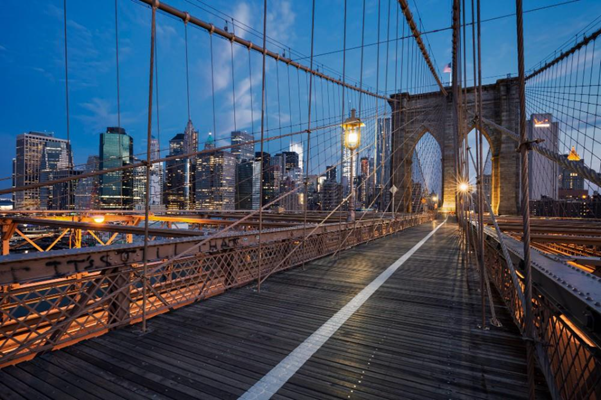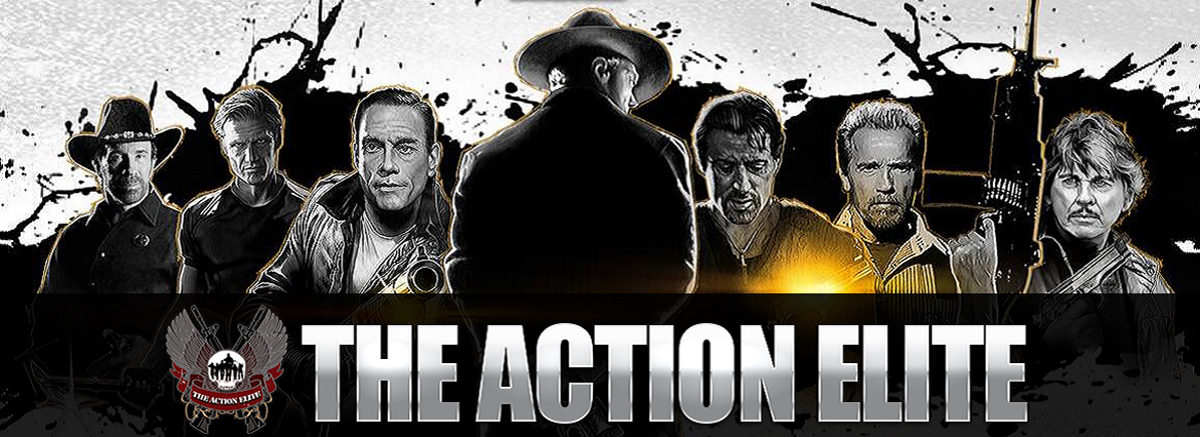Strolling across one of New York City’s most famous landmarks always feels like a trip towards the city’s history while keeping you in the present. A Brooklyn Bridge tour will reveal much more than walking across the span; it connects tales of engineering, art, community, and even whispers of the supernatural.
You’ll find yourself looking at the Manhattan skyline, picturing the skilled hands that built the bridge, experiencing the spirit of Brooklyn, and hearing stories that you won’t find in tour books.
Whether you’re an admirer of architecture, culture, a visual storyteller, or just love to experience urban life, a well-led Brooklyn Bridge tour will unlock remarkably layered meaning.
This article will get into what the Brooklyn Bridge Tour reveals to you, from the history of the span itself to quirky places in Brooklyn, from tales of the supernatural to views you’ll remember.
1. History, Engineering, and the Span Itself: The Essence of a “Brooklyn Bridge Tour”
A well-organized Brooklyn Bridge tour includes historical and engineering information about the bridge itself. You will see the thought process behind the bridge and the challenges of construction in the late 19th century, with context about a key person, Emily Warren Roebling, whose leadership helped complete the bridge when her husband fell ill.
As you walk on the bridge, you will see the suspension cables, the towers made of granite and limestone, and the steel that is anchoring it all together. Each piece tells a story of determination, innovation, and the struggles endured by those who built it.
The guide may mention unexpected details — for instance, how the bridge has survived natural disasters and changes in traffic, or how it has been repaired and adapted over time. In this way, the bridge becomes a living monument, not just a way to get from Manhattan to Brooklyn.

2. Views, Vistas, and Visual Highlights
One of the most amazing aspects of walking across the bridge is the changing panorama you see as you cross the bridge. From midway, you’ll look back and see the Manhattan skyline, including skyscrapers like One World Trade Center, and look forward toward the shores of Brooklyn.
You can glimpse the Statue of Liberty in the distance, especially if the skies are clear. The towers and wires form frames that produce interesting and memorable images. As the day progresses, the light changes the landscape throughout the day.
The morning light illuminates the bridge with warm daylight, the afternoon light is sharp and clear, and the evening light is very warm and golden. The walk on the bridge helps one to stop, turn and enjoy the surroundings instead of rushing over it.
The bridge’s walkway invites you to pause, turn around, and fully take in your surroundings, rather than simply rushing across. These visual rewards are part of what makes the tour more than just a walk.

3. Local Stories, Legends, and Haunted Whispers
One of the elements that make a richer tour special is the less obvious stories. On your way over the bridge, the guide will usually tell you about local legends and stories that will stick with you, such as ghost sightings or strange occurrences.
You may also hear about phantom lights, which are rumored to be seen particularly during dusk and believed by some to be the spirits of the workers who constructed or maintained the bridge.
There are also human stories, not all supernatural, about the laborers, noteworthy events, and even animals that once crossed the span, such as the famous herd of elephants led by P.T. Barnum.
These tales enrich the experience, linking the bridge to human effort across time, with countless contributors whose names may be lost but whose impact remains.
4. The Brooklyn Side: DUMBO and Hidden Corners
Upon the completion of the walk in Brooklyn, particularly in the DUMBO neighborhood (Down Under the Manhattan Bridge Overpass), the tour is continued at a different pace. There will be stone-paved streets, restored warehouses, old railway tracks, and modern creative spaces.
It has photo-worthy places like Jane Carousel, Empire Stores, and the famous Manhattan Bridge as seen from Washington Street. Beyond the visuals, you can hear how DUMBO has been transformed into a mix of industry, arts and technology; how the local community and businesspeople have renewed the waterfront and how this transformation has changed the neighborhood.
You may also find out about the local food culture- pizza rivalries and places where you can get a meal that makes the neighborhood special, and where you can get a drink or catch a sunset.

What You’ll Feel, Learn, and Take Away
On such a tour, more than what you see, it’s what you feel and learn that stays. It will help you understand better how the infrastructure influences the life of cities, how past and present may coexist, and how communities change.
Walking on the bridge can give you a strong feeling of respect, not only for its size and views, but also for what people worked hard and suffered through to build it. You also learn practical things, like how the bridge has changed over time, how it is maintained, and how it connects two parts of the city that differ in culture, lifestyle, and pace.
Finally, you take away stories—some fun, some thoughtful and even a little mysterious, each adding to the experience.
Bottomline
Eventually, walking across the Brooklyn Bridge is not just a walk anymore, but it becomes an experience that enables you to view New York in numerous ways simultaneously. Firstly, the tour opens a window into history, and, at the same time, demonstrates how the bridge is still actively involved in city life nowadays.
As you move along, each step brings something new—whether it is fascinating stories, sweeping views, or reminders of the people whose effort made the bridge possible. Additionally, the tour explains the role of the bridge in connecting the two portions of the city, not only geographically but also culturally and community-wise.
Ultimately, what begins as a walk across stone and steel slowly becomes a journey into memory, culture, and connection. Even after the tour ends, the experience remains, reminding you that the Brooklyn Bridge stands as a lasting symbol of resilience and unity.






